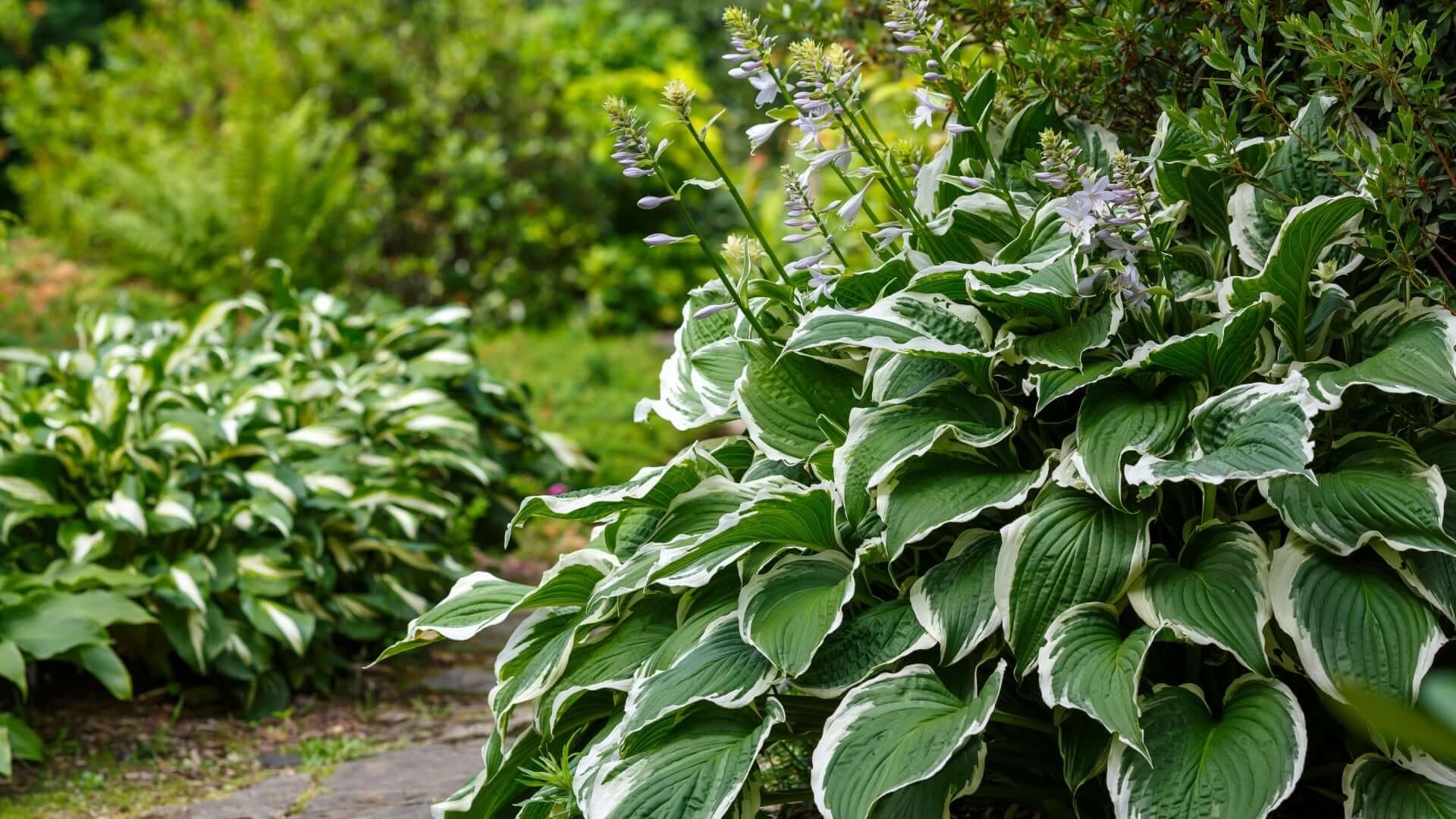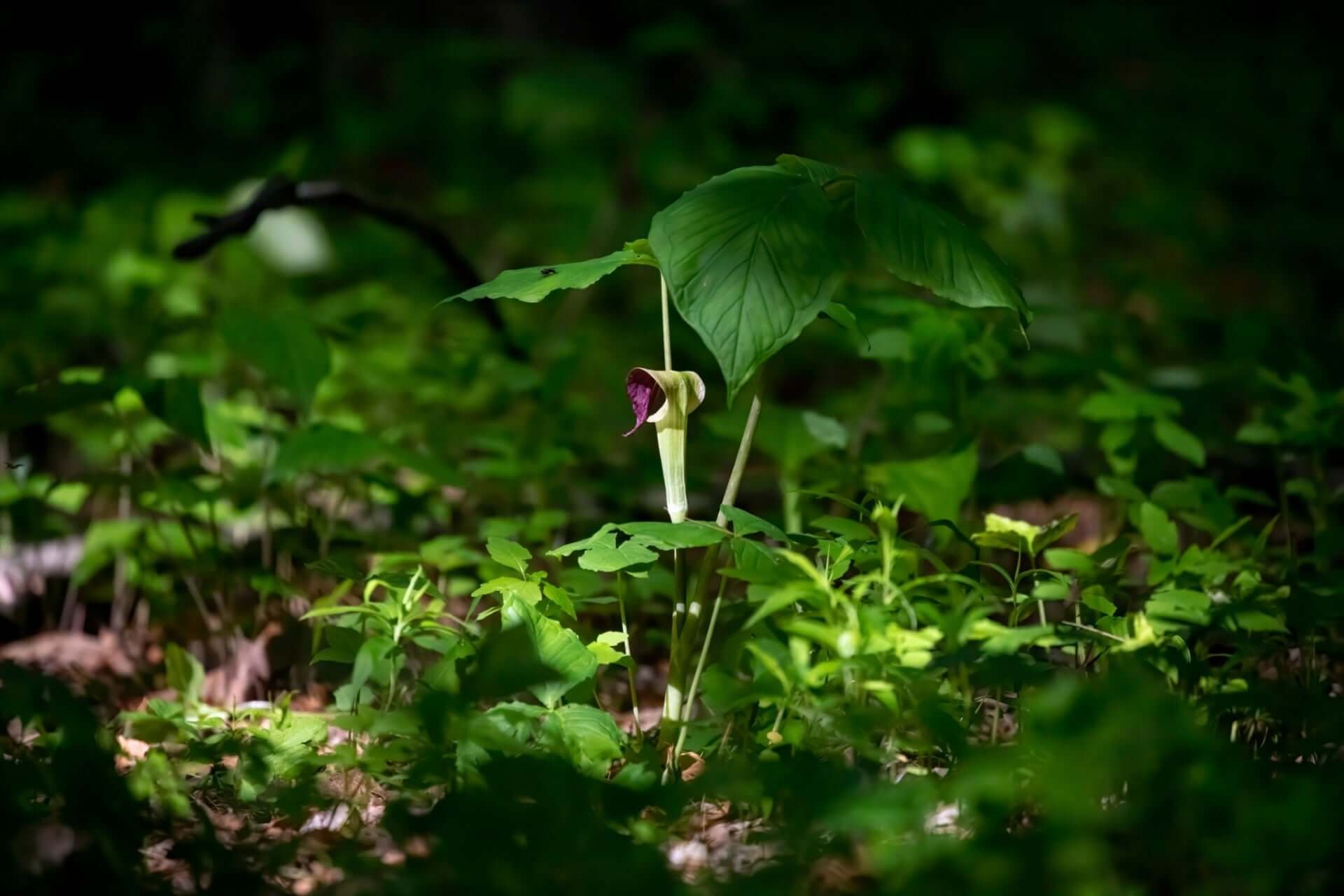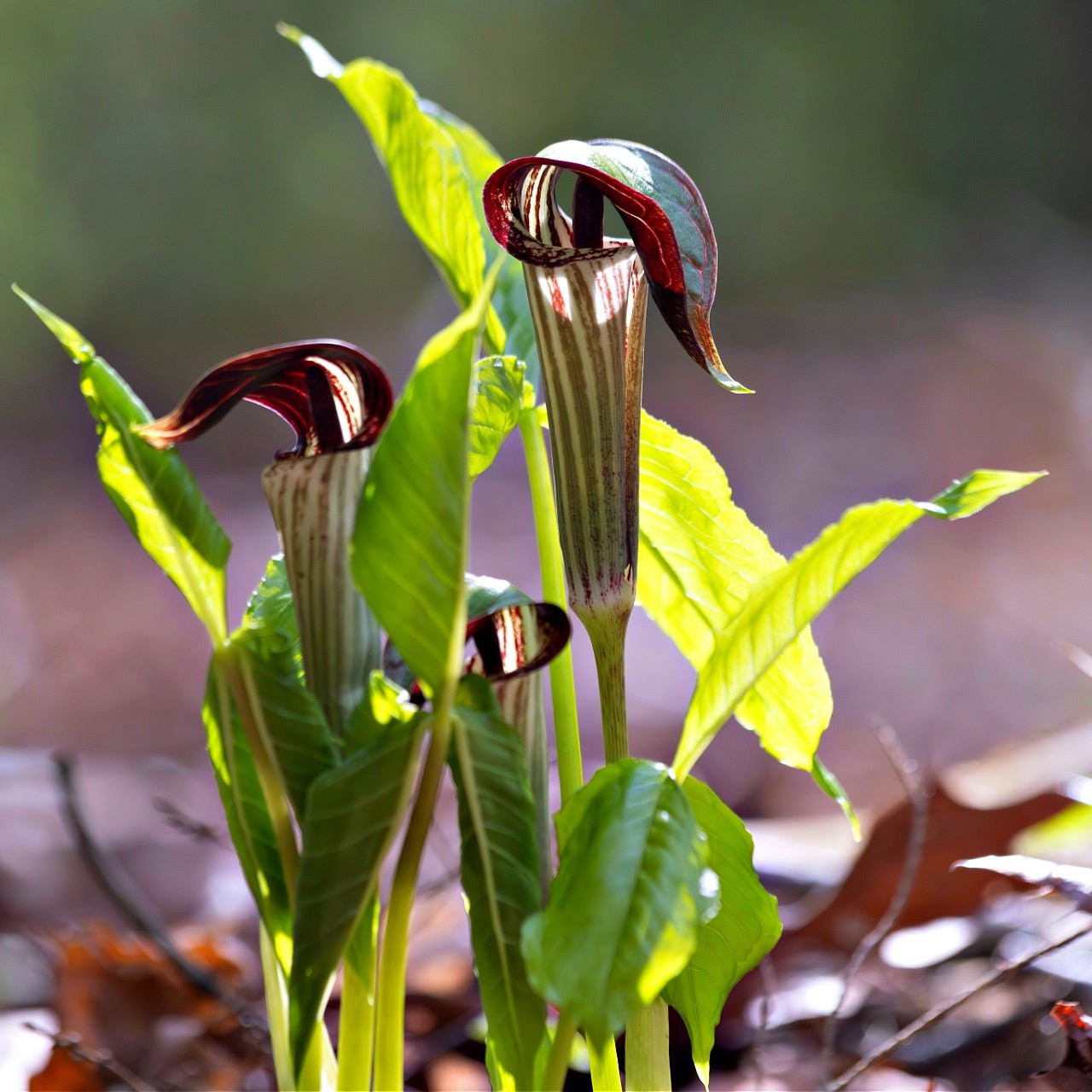Jack In The Pulpit (Arisaema triphyllum) is one of those enchanting woodland plants that sparks curiosity and admiration. Its unique hooded flower structure looks almost otherworldly, resembling a figure standing in a pulpit, hence its charming name. While many gardeners are familiar with classic blooms like tulips and roses, the Jack In The Pulpit offers something different. This mysterious elegance thrives in shady areas and adds a touch of wild beauty to naturalized gardens.
When to Plant Jack In The Pulpit?
Fall or early spring is the best time to plant Jack In The Pulpit. This plant is a native woodland species, so it follows a natural cycle of growth that coincides with more excellent, moist conditions. Fall is often ideal because the plant has time to settle in and establish its roots before the cold winter sets in. The dirt begins to warm in premature spring, and the plant's dormancy breaks, allowing it to emerge when the temperatures are still cool but steadily warming.

Jack In The Pulpit thrives in well-draining, rich, and slightly acidic soil, ideally under a canopy of trees or shrubs where it can receive dappled sunlight. The key to successful planting is ensuring the soil remains consistently moist, as this mimics the plant's natural woodland environment. Adding organic substances can help keep moisture while providing essential nutrients for growth. Once planted, it may take a couple of years for the Jack In The Pulpit to flower, but once it does, the striking appearance of its hooded spathe will more than makeup for the wait.
Are Jack In The Pulpits Rare?
Jack In The Pulpit is not necessarily rare, but its presence is a testament to a healthy, undisturbed ecosystem. As a native plant to North America, it is commonly found in woodland habitats, especially in areas with rich soil. However, because its natural habitat is being reduced due to deforestation and land development, seeing these plants in the wild may become less common in some regions.

Jack In The Pulpit can be considered a unique addition rather than a rare one in gardens. Many nurseries that specialize in native plants carry it, and gardeners who are drawn to its curious appearance and ecological value can readily introduce it into their landscapes. Its rarity is more noticeable in heavily urbanized areas, where natural spaces are scarce. However, by planting Jack In The Pulpit in your garden, you're helping to conserve native species and create a more biodiverse and sustainable environment.
Is Jack In The Pulpit a Perennial or Annual?
Jack In The Pulpit is a perennial; once established, it will return year after year. This is one of the plant's most appealing characteristics for gardeners who want to invest in low-maintenance, long-lasting garden additions. As a perennial, Jack In The Pulpit grows from a corm, a specialized underground stem that stores nutrients during the plant's dormant season.

Each spring, the corm sends up new growth in the form of broad, lobed leaves and the characteristic "pulpit" or spathe, which protects the flowers. After blooming, the plant produces vibrant red berries, adding another layer of interest to the garden, especially in late summer and early fall. These berries are also crucial to the plant's life cycle, as they contain seeds that may germinate and spread the plant naturally throughout the garden.
Because Jack In The Pulpit is a native species, it has adapted to its home range's climate and soil conditions, making it a resilient and dependable perennial. Once it has taken root in the right conditions, this plant requires little care, thriving in shaded, moist environments that mimic its natural woodland habitat.
Is Jack In The Pulpit Endangered?
While Jack In The Pulpit is not currently endangered, its populations can be vulnerable in certain areas. Human activities, such as deforestation, urban development, and the spread of invasive species, are increasingly threatening the plant's habitat. Woodland areas, the preferred growing environments for Jack In The Pulpit, are becoming more fragmented, making it harder for the plant to thrive naturally.
In some regions, especially where woodland preservation is a priority, conservationists closely monitor native species like Jack In The Pulpit. Gardeners can play an essential role in its preservation by planting and cultivating this unique plant in their gardens. Gardeners help sustain the species outside its shrinking natural habitat by providing a safe, nurturing environment.

Additionally, while Jack In The Pulpit is a native species, it can be susceptible to overharvesting, particularly in areas where foraging wild plants is common. Its striking appearance and medicinal history have made it a target for those looking to use it for traditional remedies or ornaments. Responsible gardening practices, such as obtaining plants from reputable nurseries and refraining from removing wild specimens, can help ensure that Jack In The Pulpit remains a flourishing part of the ecosystem.
In conclusion, Jack In The Pulpit is a captivating, hardy perennial that adds mystery and elegance to any garden. While not necessarily rare, it is a plant that symbolizes the beauty and resilience of native species in a changing world. By planting and nurturing Jack In The Pulpit, gardeners contribute to conserving a fascinating woodland species that might otherwise face increasing pressure in its natural environment. Whether you're looking to add a touch of the wild to your shade garden or create a habitat for local wildlife, Jack In The Pulpit is a plant that rewards patience and care with a lifetime of beauty and intrigue.
The Many Uses of Jack-in-the-Pulpit
The woodland perennial Arisaema triphyllum originates from eastern North America and features a distinct hooded flower structure and bright red berries that develop in the later growing season. Although people frequently admire Jack-in-the-Pulpit's decorative qualities, many have failed to realize its extensive practical and cultural applications throughout history. This plant maintains a rich history of medicinal use within Indigenous communities while serving a proper function in modern horticulture.
Throughout history, many Indigenous communities in North America have discovered methods to utilize Jack-in-the-Pulpit's properties. The plant's corm (a bulb-like underground stem) gained value through proper processing despite its calcium oxalate crystals, which can cause toxicity when mishandled or consumed. The toxic properties of the corm can be minimized to safer levels through thorough drying or cooking processes. After careful preparation, the corm became a functional powder for poultices and topical remedies. In limited quantities, Jack-in-the-Pulpit reportedly served as a remedy to alleviate respiratory congestion. Traditional applications of this plant require expert preparation because its irritant properties could produce oral and throat discomfort if not handled correctly.
The unique beauty of Jack-in-the-Pulpit makes it an excellent choice for wildflower gardens or natural landscaping projects beyond its medicinal or cultural significance. The spadix, known as the "Jack," combined with the spathe, which is referred to as the "pulpit," creates an unusual flower structure that gardeners find appealing. The plant's unique appearance contributes intrigue and texture to landscapes under shade or woodland themes. The bright red berries that develop during late summer and early fall produce vibrant colors in forested regions while drawing in birds and other wildlife. The plant's three-leaflet trifoliate leaves contribute to a dense woodland feel in shaded garden areas. Prospective growers of Jack-in-the-Pulpit must establish moist, rich soil and sufficient shade to replicate the plant's forest habitat.
Certain areas worldwide grow Jack-in-the-Pulpit species from the Arisaema genus as decorative plants. Unusual perennial specialists and collectors frequently look for these exotic relatives because of their distinctive foliage and sculptural flowers. Under suitable conditions, these species become self-sustaining populations and present a low-maintenance and eco-friendly option for native plant enthusiasts and gardeners wanting to introduce natural beauty into their outdoor spaces.
Protective measures and knowledge are necessary when handling Jack-in-the-Pulpit due to its irritating potential. The plant's high calcium oxalate concentration can lead to skin irritation, which requires adequate expertise and protective precautions. Jack-in-the-Pulpit maintains its status as a plant of notable utility through careful management and respectful handling. Jack-in-the-Pulpit holds a continuing fascination because botanists and gardeners appreciate it as an ornamental plant, while nature enthusiasts value it for its medicinal uses and conservation benefits.
Read more

Hostas are a timeless favorite in shade gardens, known for their large, lush leaves and various shapes, sizes, and colors. These versatile plants are perfect for filling spaces with bold foliage an...

Jacob's Ladder (Polemonium caeruleum) is a charming perennial with delicate, fern-like foliage and clusters of bell-shaped flowers that appear in shades of blue, purple, or white. This woodland nat...
Family Owned and run with pride
Nestled in the heart of Middle Tennessee, TN Nursery is a proud family-owned business rooted in tradition, quality, and a deep love for plants. For generations, we’ve been dedicated to providing exceptional service and building lasting personal connections with gardeners, landscapers, and nature enthusiasts across the country. Our mission is to make planting and gardening more accessible, enjoyable, and rewarding—whether you’re a seasoned horticulturist or just starting your first flower bed.
We specialize in expertly grown native plants, perennials, shrubs, trees, and ferns that thrive in a variety of climates. Every plant we offer is carefully nurtured on our farm to ensure strong root systems, healthy growth, and long-term success in your landscape. From vibrant evergreens to colorful blooms and ground covers, we offer an expansive selection to help you create the outdoor space of your dreams.
At TN Nursery, we believe in more than just selling plants—we’re here to help you transform your garden into a place of beauty, sustainability, and joy. Our knowledgeable team is always available to answer questions, offer guidance, and share tips to ensure your planting experience is a success. Join our growing family of happy customers and let us help you bring your garden vision to life.



